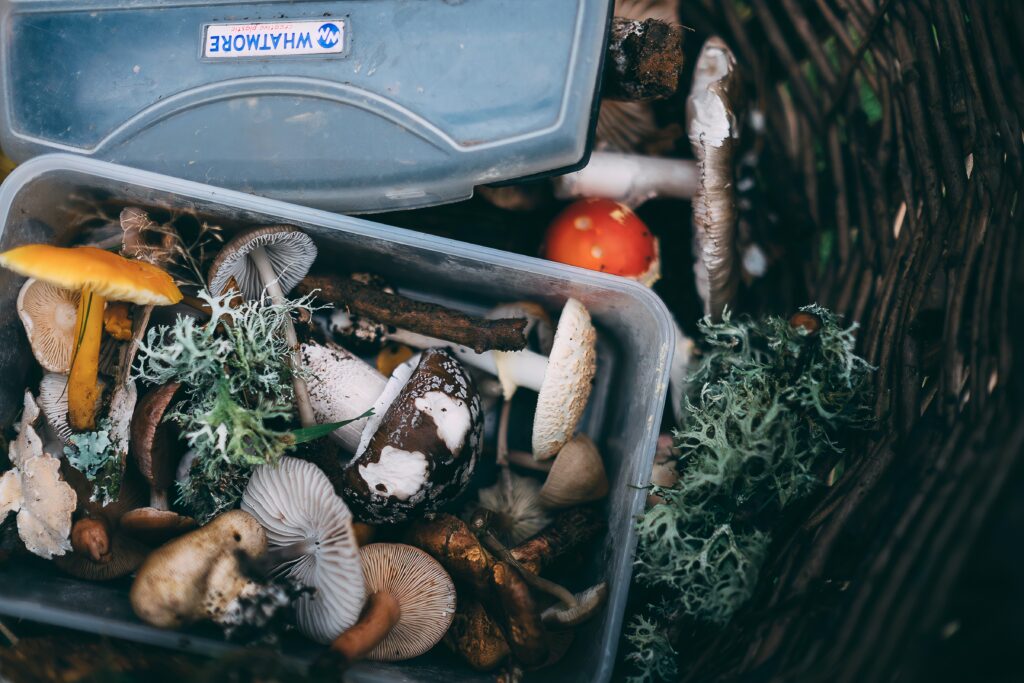When it comes to survival in the wild, finding food is perhaps one of the most crucial aspects. While hunting and fishing may be the first things that come to mind, edible plants and insects can also serve as a valuable source of nutrition. In this article, we will explore some of the edible plants and insects that can be found in the wild and how they can be a part of your survival strategy.
Finding edible plants in the wild can be a challenge, but it is an essential skill to learn. Some of the most common edible plants include dandelions, clovers, and cattails. Dandelions, for example, can be found in most parts of the world and can be eaten raw or cooked. The leaves can be used in salads while the roots can be roasted and used as a coffee substitute. Clovers, on the other hand, are high in protein and can be eaten raw or cooked. Cattails are also an excellent source of nutrition and can be eaten raw or cooked. The white part of the stem can be boiled or roasted, while the roots can be boiled or mashed into a paste.
Insects may not be the most appealing food source, but they are abundant in the wild and can provide a valuable source of nutrition. Some of the most common edible insects include grasshoppers, crickets, and ants. Grasshoppers and crickets can be found in most parts of the world and can be roasted or fried. Ants can also be eaten and are high in protein. They can be eaten raw or cooked and can be added to soups or stews for added flavor.
While edible plants and insects can be a valuable source of nutrition, it is essential to be cautious when foraging in the wild. Here are some safety tips to keep in mind:
– Only eat plants and insects that you can positively identify as safe to eat.
– Avoid plants and insects that have a bitter taste or a milky sap, as they can be toxic.
– Avoid areas that have been sprayed with pesticides or other chemicals.
– Cook all insects and plants thoroughly to kill any harmful bacteria or parasites.
Edible plants and insects can be a valuable source of nutrition in a survival situation. Learning to identify and safely consume these food sources can be a critical skill in a wilderness survival situation. Remember to always be cautious and follow safety guidelines when foraging in the wild.

